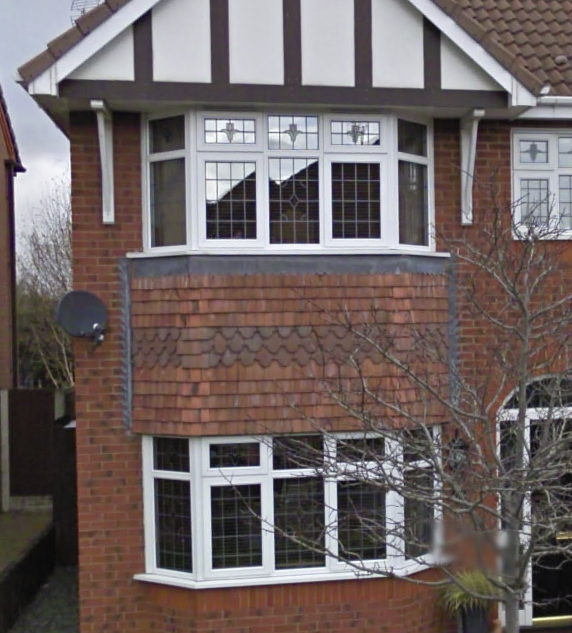Our house is a Redrow, built in 2000, and since moving in 10 years ago have always had a problem with soundproofing. It's a quiet estate but the windows are bad enough to hear people having a conversation as they walk past outside. There are a few shift workers nearby, and we're constantly being woken up by them driving past in the early hours. I've blocked up the trickle vents in the rooms where it affects us most (bedroom, living room), which has helped a little, but I'm looking for more suggestions. I don't want to go down the route of complete replacement or even secondary glazing at this stage.
Would replacing the seals and gaskets make much difference? Most articles I've read say that this is to improve draftproofing, with little or no mention of soundproofing.
A neighbour was telling me that she had someone out to replace all the hinges, and she has noticed a "big improvement" in soundproofing. I haven't seen anything to suggest that this is a genuine solution, so is she just experiencing a placebo effect?!
I also wonder whether the design of the windows (bays) could be contributing? Looking at the attached photo, what material makes up the "wall" between lower and upper window? Will it still be brick or something less substantial, as I can't see the lower window taking the weight of such a wall? Also, could there be sound "leaking" in through the boxed in overhang above the bedroom?
One thing I did uncover is that the downstairs bay has been constructed from three panels - a sealing strip fell off inside one day, revealing copious amounts of expanding foam filler and even some daylight. I guess this isn't normal?! I've since filled it with plenty of frame sealant - not ideal I know. The upstairs bay seems to be a single unit, with a clear plastic "weld" between the three sections.
Would replacing the seals and gaskets make much difference? Most articles I've read say that this is to improve draftproofing, with little or no mention of soundproofing.
A neighbour was telling me that she had someone out to replace all the hinges, and she has noticed a "big improvement" in soundproofing. I haven't seen anything to suggest that this is a genuine solution, so is she just experiencing a placebo effect?!
I also wonder whether the design of the windows (bays) could be contributing? Looking at the attached photo, what material makes up the "wall" between lower and upper window? Will it still be brick or something less substantial, as I can't see the lower window taking the weight of such a wall? Also, could there be sound "leaking" in through the boxed in overhang above the bedroom?
One thing I did uncover is that the downstairs bay has been constructed from three panels - a sealing strip fell off inside one day, revealing copious amounts of expanding foam filler and even some daylight. I guess this isn't normal?! I've since filled it with plenty of frame sealant - not ideal I know. The upstairs bay seems to be a single unit, with a clear plastic "weld" between the three sections.


